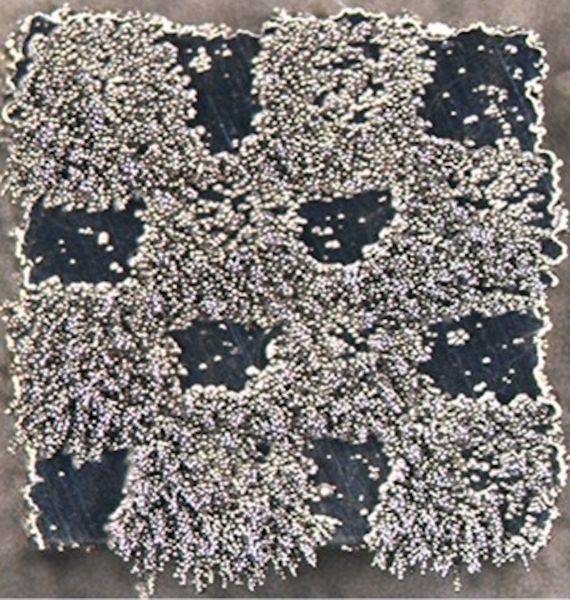
Researchers have demonstrated an approach for creating 3D printed magnetic structures with high resolution.
The research focused on the microstructure of 3D printed metals, which is of prime interest to metallurgists. By ensuring a strong microstructure, the entire 3D printed part can be similarly strong.
3D Printed Metal Microstructures
Achieving proper microstructures is a challenging problem, and there are few levers to pull in powder bed fusion (PBF) 3D printing systems.
The researchers noted that the type of microstructure is mostly formed as a result of two factors they call “G” and “V”.
“G” represents the thermal gradient created during 3D printing, where the powerful laser rapidly heats up a selected area of the powder bed. This manifests in the meltpool that moves around the bed to create each layer.
“V” represents the velocity of the solidification front velocity. This is a bit difficult to understand but it is essentially the speed of the “freezing” of the liquid metal, which crystallizes in a traveling wave along the heated material.
This directional solidification in 3D printing typically results in columnar grains in the microstructure.
3D Printing Magnetic Structures
The researchers knew they could manipulate the microstructure somewhat by jiggering with 3D printing parameters that affected G and V during prints, and they sought to exploit this knowledge by creating a magnetic 3D print. This can be done by manipulating the para and ferro-magnetic properties of the microstructure in this way.
How is this done? Apparently in high-nitrogen steels the nitrogen can evaporate in a nitrogen-free atmosphere, as can be found in many metal 3D printing build chambers, which can be filled with argon gas. The researchers found that they could locally affect the magnetic properties by ensuring specific amounts of nitrogen evaporation occurred, which tend to increase the ferromagnetic properties of the metal.
The experiment was performed on a Sisma MySint 100 PBF metal 3D printer, which has a 200W fiber laser system, with, as you might guess, argon gas in the build chamber. LaSer power and scanning speed were tweaked throughout the print job to achieve specific G and V values over designated areas of the print.
This capability was demonstrated in their magnetic 3D print shown at top.
This research is certainly interesting and shows how standard metal 3D printers could be used to produce complex magnetic structures. This is type of 3D printed application that really has no precedent and thus would require introduction to industry. Once the techniques are known, some many invent new magnetic applications that leverage 3D printing technology.
However, it will likely be some time before this technology hits the market.
Via Science Direct
